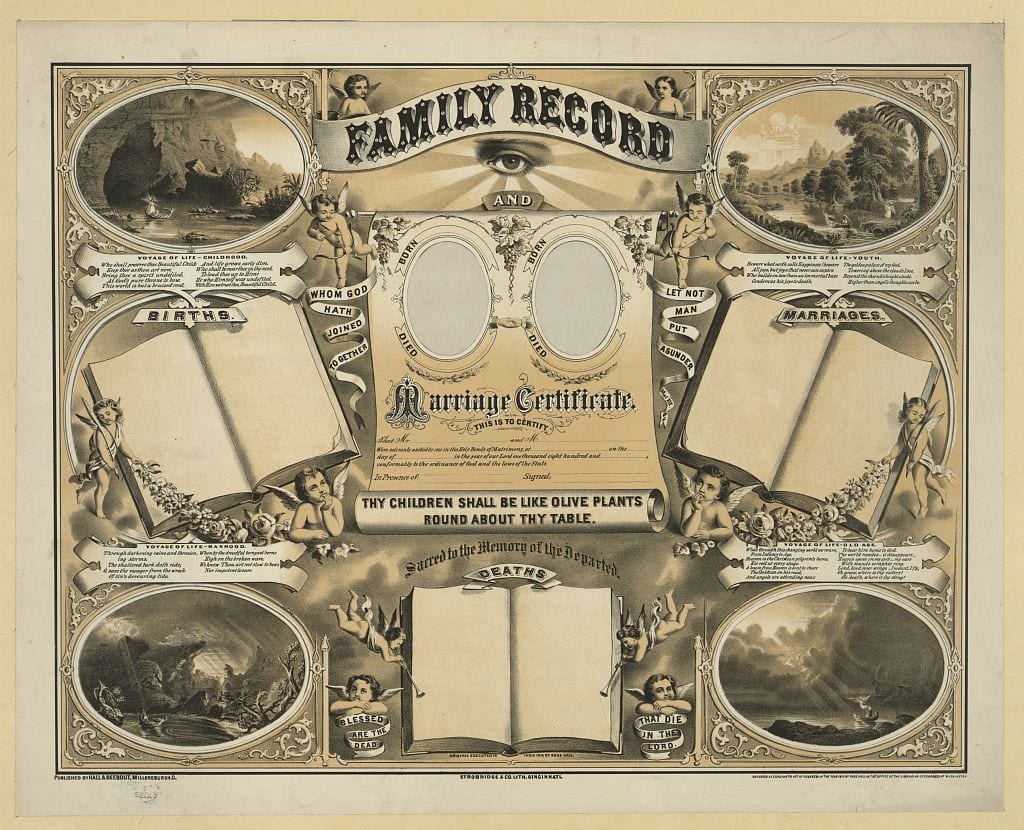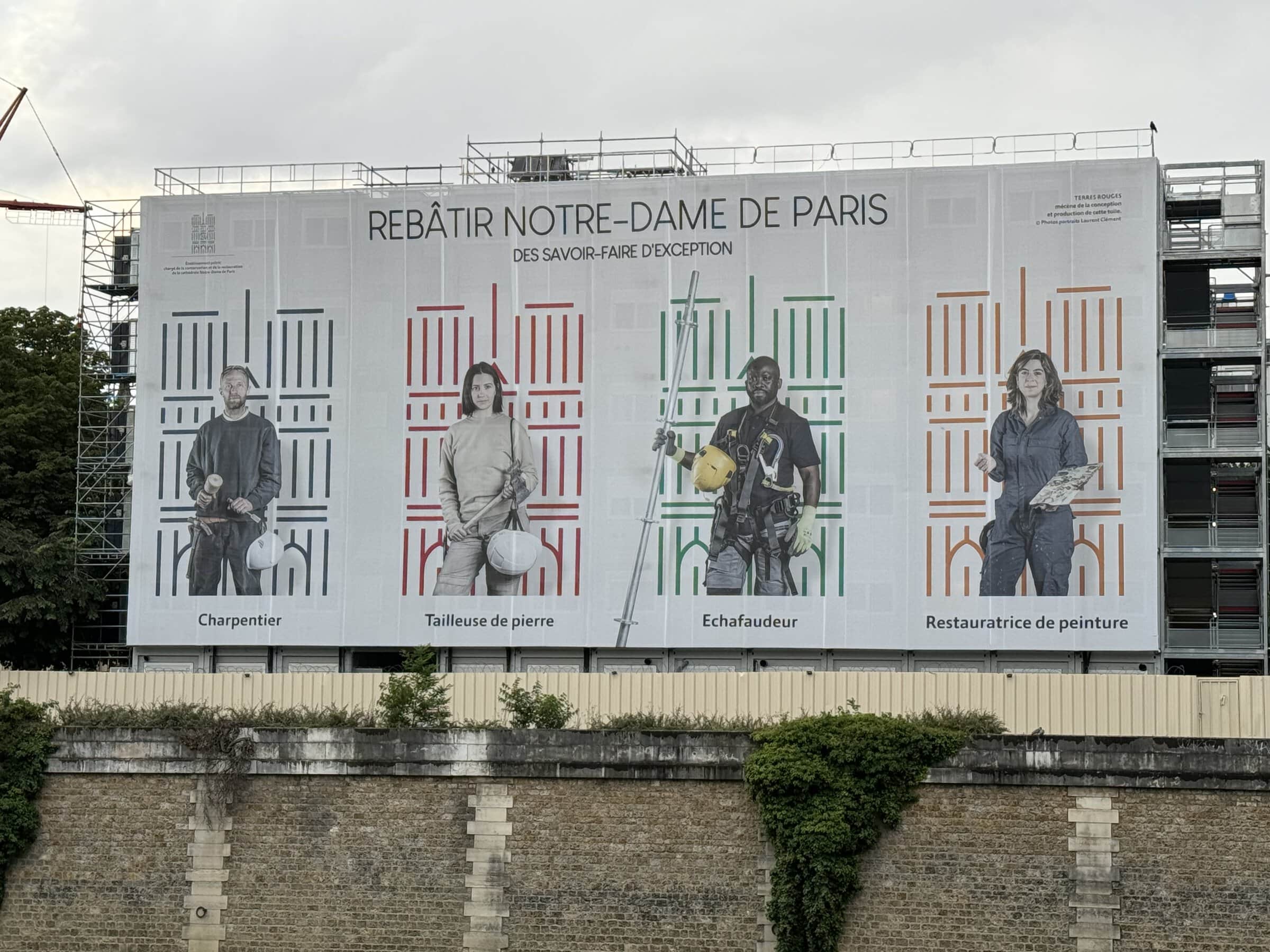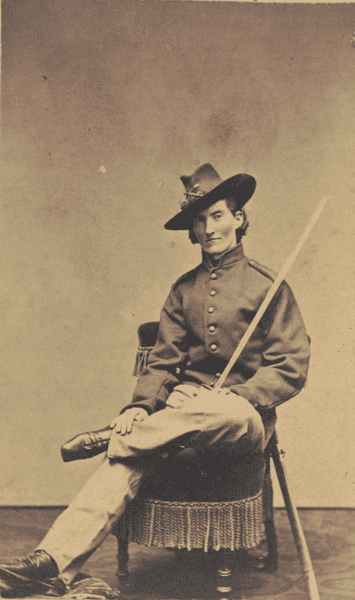
Scholars of trans history study gender nonconformity and how people have historically moved between genders. Jack Williams, a.k.a. Frances Clalin Clayton, bent gender norms to fight in the US Civil War. Library of Congress
While in graduate school at the University of California, Berkeley, history department in the 1980s, Susan Stryker wrote a dissertation on the development of Mormon identity and community. Just as she was finishing up her PhD, she transitioned. “Let’s just say that the employment prospects in the historical profession as an out transsexual person doing early 19th-century religious and cultural history were zero,” she says dryly.
By necessity, she turned to writing about transgender history: “I did it out of formal academic training, and I did it strategically and tactically out of conditions of employability as an out trans person a quarter century ago.” What followed was a 17-year career publishing articles in academic journals, producing exhibitions and public history programs, serving as executive director of the GLBT Historical Society in San Francisco, and making an Emmy Award–winning documentary film—Screaming Queens—about the 1966 transgender riot at Compton’s Cafeteria in San Francisco. In 2009, Stryker joined Indiana University Bloomington as a tenured professor in the Department of Gender Studies, and from that year till 2013 she sat on the LGBTQ Historians Task Force of the AHA. Stryker had effectively helped establish an academic field she would finally get hired into.
Today, transgender studies and transgender history are legible fields of academic study: there are two volumes of The Transgender Studies Reader, a journal (TSQ: Trans Studies Quarterly), a number of new or forthcoming books from major university presses, and a spate of recent job ads seeking people with research and teaching interests in trans studies or trans history.
Unfortunately, the advances in academia paralleling the increased visibility of trans people in the public sphere have been accompanied by political efforts to regulate the lives of trans people. This includes the ability to access public spaces and basic necessities such as healthcare and economic security. More than a dozen states considered “bathroom bills” in 2017, and violence against trans people, especially trans women of color, continues to rise, according to the Human Rights Campaign and the Trans People of Color Coalition. With so much at stake and an audience that’s finally paying attention, trans history is a field filled with a sense of urgency and potential.
Prior to the emergence of trans history in the academy, much of the writing on the lived experiences of trans people was written either by medical professionals and psychologists, or by trans people themselves as autobiographies. Many trans people encountered themselves as historical subjects through such popular works as Leslie Feinberg’s Transgender Warriors: Making History from Joan of Arc to Dennis Rodman (1996)—“I couldn’t find myself in history,” Feinberg wrote. “No one like me seemed to have ever existed.”
In terms of scholarship, most academics cite Yale historian Joanne Meyerowitz’s How Sex Changed: A History of Transsexuality in the United States (2002) as foundational. “When that book came out, it went a long way toward creating a field,” says Elizabeth Reis (Macaulay Honors Coll., CUNY), author of Bodies in Doubt: An American History of Intersex (2009). It was important, says Reis, “to have a history written where then other historians could start looking up the footnotes and seeing where to even go to find material.” In another seminal moment, Stryker co-edited The Transgender Studies Reader (2006, with a second volume in 2013) and soon published Transgender History, an accessible book for the general reader on the history of transgender people in the United States.
According to Stryker, there are two ways scholars today approach trans history. In the first, historians analyze people in the past as trans, whether or not they used the label for themselves. In Transgender History, Stryker uses transgender to “refer to people who move away from the gender they were assigned at birth.” Even though the term only emerged in the mid-20th century, many scholars find this definition useful and methodologically liberating. Emily Skidmore (Texas Tech Univ.), author of the recently published True Sex: The Lives of Trans Men at the Turn of the Twentieth Century (2017), says, “Even though the term transgender is modern, people have moved from one gender to another for a very long time. And transgender history looks at that movement.”
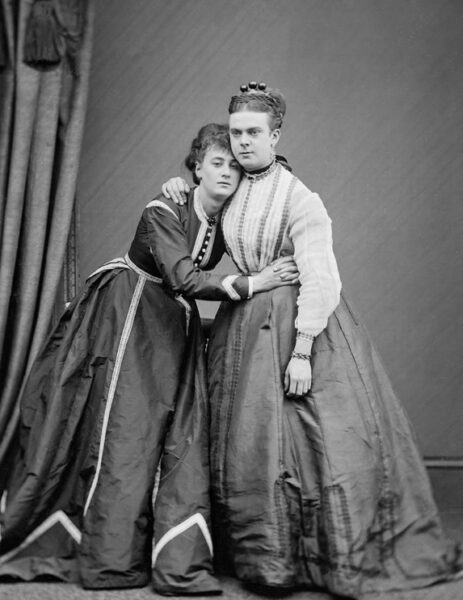
Gender nonconforming individuals frequently suffer prosecution. Stella (left) and Fanny, a.k.a. Ernest Boulton and Frederick Park, were arrested in 1870 by the London police and charged with “conspiring and inciting persons to commit an unnatural offence.” Frederick Spalding/Wikimedia Commons
Rutgers University PhD candidate Jesse Bayker concurs. Bayker, whose dissertation examines people who crossed gender boundaries in the mid-19th to early 20th centuries in the United States, notes: “For me, transgender history really is about personal reinvention, transformation, and the possibilities for people to change their identity.” In this vein, it has encompassed such topics as shifts in the social stigma that those crossing gender boundaries have faced; their interactions with the state and the medical establishment; and their social and political activism.
This sort of historical scholarship presents significant archival challenges. As Skidmore notes, “any sort of marginalized population has had a hard time finding their sources present in traditional archives.” When sources are present, says Bayker, they’re often “produced by people looking from the outside in—law enforcement officers, judges, newspaper reporters.” And many of these sources provide only a marginal glimpse at the subjectivities of trans people. Reis once came across a doctor’s report describing a person as “stubbornly” refusing genital surgery that would have aligned their physical traits with the doctor’s assessment of their gender. Since the report provides no additional explanation, “stubbornly” becomes the only glimpse scholars get into their subject’s interiority. Even when trans voices are present, scholars are cautious about taking them at face value—trans voices usually emerge in the archives when they’re interacting with authorities who have power over them, and as Skidmore notes, in these contexts, “the trans person probably curated responses they hoped would allow them to continue to live.”
A second way to approach the field, says C. Riley Snorton (Cornell Univ.), is to think of trans more abstractly, as an analytic with which to study change. In his book Black on Both Sides: A Racial History of Trans Identity (2017), Snorton describes trans as a “movement with no clear origin and no point of arrival[.]” More than describing crossing gender boundaries, then, trans destabilizes gender itself as a category. “How is it that you decide who’s a man and who’s a woman? How do you understand the practice and the existence of a wide range of gendered practices?” asks Stryker. This interpretation moves scholarship away from a search for trans people in the past and toward using trans as a lens through which to see the world. It permits one to ask new questions about gender categories and other forms of human difference.
This view of trans, say Snorton and Stryker, comes from forms of feminism originally pioneered by women of color and queer people of color. Thinkers like Gloria Anzaldúa and Audre Lorde, explains Stryker, developed what’s called “theory in the flesh.” Writing in This Bridge Called My Back (1981), Chicana feminist Cherríe Moraga explained theory in the flesh as a site “where the physical realities of our lives—our skin color, the land or concrete we grew up on, our sexual longings—all fuse to create a politic born out of necessity.” Trans scholarship, says Stryker, asks “what the world looks like when it pays attention to the kinds of knowledges produced by being gender non-normative, gender incongruent, gender changing, gender minoritized.” This scholarship, she says, draws “on a lot of cultural theory as well as empirical archival research and becomes very philosophical at some level.”
Considered this way, trans history also offers an entry point to gender history and LGBT history. Gender history, says Stryker, is often “predicated on a binary model of gender” that looks at the historic subordination of women. “To say that there’s two genders and one of them is subordinated by the other,” she argues, “masks” a much larger process of how we got “to those terms in the first place.” More than just documenting the lives of trans people, Stryker says, trans history facilitates a critique of the gender binary system as one that subordinates women as well as “people who fail to fit into one of the two dominant categories.”
Similarly, trans history pushes LGBT history beyond the study of same-sex desire or sexuality. “I think it would be a mistake to say that we just need to study same-sex desire and that this will teach us everything we want to know about LGBT history,” says Bayker. Studying same-sex desire, Stryker points out, also assumes “sex” is a stable category; trans history, she says, shows that gender expression (not just sexuality) can also be opposed to social biases that assume people in the past were heterosexual until proven otherwise. Yet scholars agree that trans history is deeply indebted to LGBT history—many cut their teeth on queer theory, which also emerged in the early 1990s, and they caution against seeing the fields as being in tension.
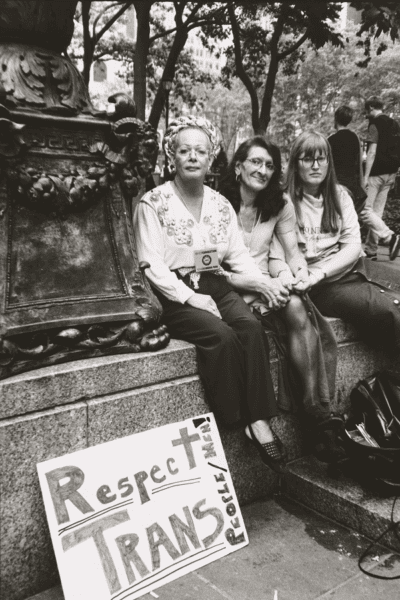
Sylvia Rivera, a trans activist, sits between her partner Julia Murray (right) and Christina Hayworth at the 2000 Pride Parade in New York City. Luis Carle/National Portrait Gallery/Smithsonian Institution; acquisition made possible through the Smithsonian Latino Initiatives Pool, administered by the Smithsonian Latino Center
Many possibilities for the future of trans scholarship remain open. Historians must grapple with the so-called medical model, which assumes that transgender expression requires bodily intervention, through surgery or hormones, for example. Bayker encourages historians to push trans history back into the more distant past, especially before the development of modern medical technology. This, he says, can help us think about “what it was like for people to change their identities without changing their bodies.” “The transgender experience isn’t only about medical intervention,” he emphasizes. Still, because medical discourse has been so central to the emergence of trans identity, scholars also suggest paying it more attention. “The papers of physicians, psychiatrists, sociologists who worked with trans folks have been, to this point, rather underwritten in terms of scholarship,” says Snorton.
And despite the work done by cultural theorists and activists about the intersections of race and gender, many academics note a relative absence of scholarship on the lives of trans people of color. “So far, the subjects that we talk about tend to be fairly white,” says Skidmore. She hopes that scholars “can recover more histories of trans people of color.” “The relation between race and trans identities,” notes Reis, “is an avenue that I imagine will be pursued by scholars in the next few years.”
For many, the subject is a deeply personal one, and one they study despite not always feeling welcomed in academia, whether as trans people or as people who study trans history. As Stryker explains, some scholars of women’s and gender history think that trans history “devalues what they prioritize.” Some scholars acknowledge that trans history and trans studies have met with some backlash. The AHA’s 2015 LGBTQ Task Force report includes the experience of a historian who said they faced rejection from a blind reviewer of a US history journal who called their “work in applying trans studies to US history a ‘manifesto’ rather than scholarship.” In another, more public instance, in 2017 several trans scholars called for a boycott of WMST-L, a popular women’s studies online discussion group, after moderators failed to intervene in discussions that insisted on biological reproduction as an essential marker of what it means to be a woman.
At a time when trans people are experiencing increased media visibility simultaneously with waves of hostile legislation, negative political rhetoric, and violence, scholars say that studying trans history is particularly valuable. So many people are “talking about trans [issues] today,” says Bayker, “and we really need to know the history in order to be able to have a productive conversation” about what it means to regulate trans lives. “What undergirds a lot of the political rhetoric about trans bodies,” says Skidmore, is the idea that “they’re new and they’re threatening.” Trans history, she says, “can have incredible power because it suggests that trans people are not new; they’ve been around for a long time.”
This work is licensed under a Creative Commons Attribution-NonCommercial-NoDerivatives 4.0 International License. Attribution must provide author name, article title, Perspectives on History, date of publication, and a link to this page. This license applies only to the article, not to text or images used here by permission.

